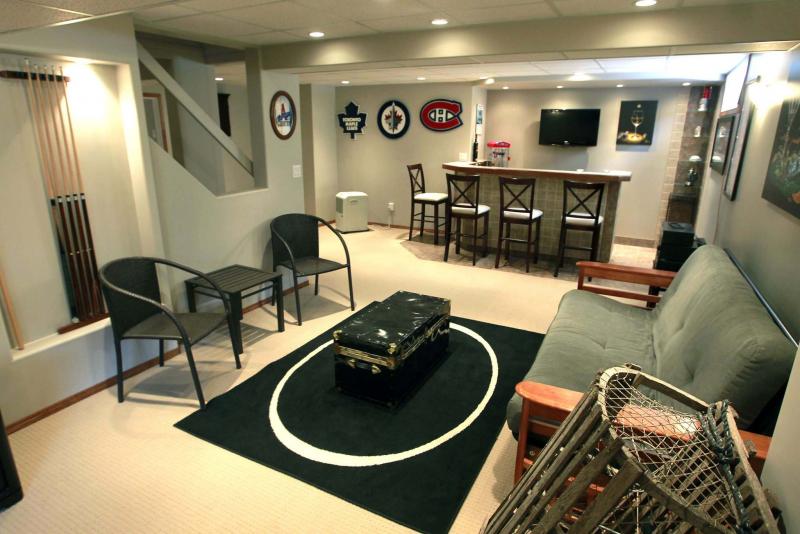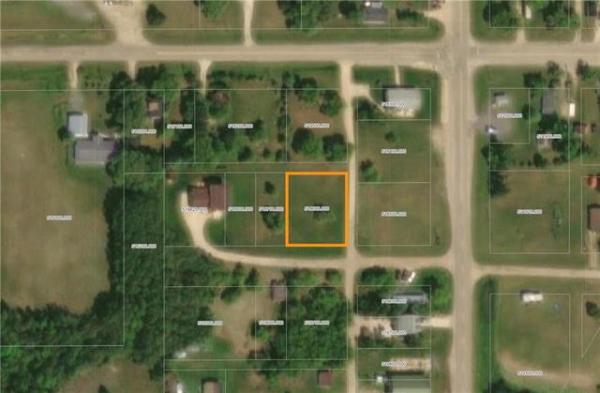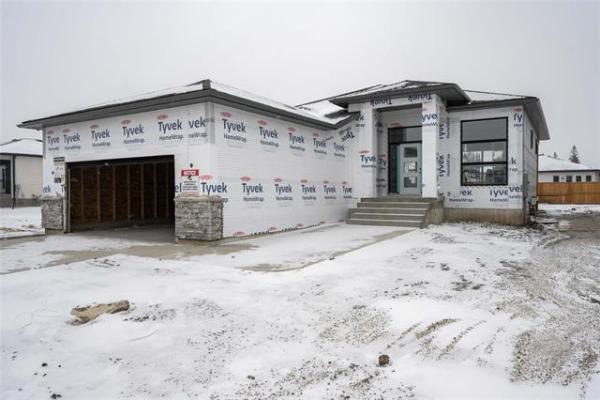Question: My unfinished basement previously had four heat supply vents and no air returns. I then finished my basement and added two air returns, one in the basement bedroom and one in the main room, as per building code.
Does adding air returns in the basement distribute potential radon throughout the house via the HVAC system’s ductwork?
Does the building code consider this? Thanks.
— Jeff Toye
Answer: Adding return air registers and ducts when finishing a basement should provide improved airflow and heat distribution for that level of the home. The chances of increasing any radon distribution to the rest of the living area are there, but if a high reading is present, it should be addressed no matter the location of the potentially dangerous gas in the home.
Upgrading the heating system ducting to accommodate added living space in your home is the appropriate action to take. Installing more return air ducts and registers will ensure you have better airflow and more even heat distribution for your newly finished basement. The reason this is not present in the first place is the initial usage of this level of the home. Since an unfinished basement is typically used for mechanical systems, plumbing and electrical components and other necessities, but not living space, it may not require much return air to the furnace.
Since there are few to no partition walls in the basement, there is also minimal obstruction to airflow from the initial heat ducts. Some return air may naturally flow back the furnace from the basement and enter through small openings in the ducts or around the air filter. When you start putting up walls and creating multiple rooms, that is when you need to address this issue. It appears you have properly installed two return air registers, for the two new rooms you have added to the living space. These should draw cooler air back to the furnace from the basement area, and could have the undesired effect of spreading any airborne substances from this area to the other levels of the home. If you have a high radon content to the basement air, this will undoubtedly increase the levels of this invisible gas in other areas of the home. I have no idea whether this is or is not directly addressed in the National Building Code, as compliance is not within the scope of my inspections. Regardless, testing to see if you have above-recommended levels in your home is easy and highly recommended.
Radon gas is a naturally occurring byproduct of radioactive components in soil. This gas may or may not enter your home, but will likely be present below and around the foundation. Research has shown that the majority of radon intrusion into our living spaces occurs in basements and from the soil beneath the floor slab. For this reason, a layer of six-mil polyethylene sheathing is required to be installed before the concrete slab is poured. This must be sealed to anything which breaches or protrudes from the floor surface, such as sump pits or plumbing drains. Sealing the floor in this manner will typically prevent excessive levels of radon from entering the basement, even if the soil has a high level.
Unfortunately, there is still much that is not known about the mechanisms by which radon gas will actually penetrate our basements, despite our best efforts to seal the floor area. There may be a high level in your home, but your neighbours’ homes may be within acceptable guidelines. There is still some mystery, even among experts, as to why this can occur. Since it appears your home may be relatively new, testing for radon should reveal whether you need to do anything to address this issue, or whether your questions may be moot. Testing, according to Health Canada and other authorities, should be done for a minimum of three months. While there are tools and equipment to do almost instant tests, they can be unreliable. Testing for a few months, in the heating season when windows and doors are primarily closed, is the only way to get a good average value for your home.
There are several different methods to do the medium- to long-term testing, with most requiring a small device to be set up in the basement. Most of these are easy to install by activating the device and placing it in a central location in the basement where it can be left undisturbed for the duration of the test. The date of activation should be recorded and kept. Once the test is complete, the device should be sealed, the date recorded and that information and test kit sent to a laboratory for analysis. Once this is done, you should receive notification of the level of radon, if any is present, within your home. If it is within the acceptable level, you have little to worry about. If it is near or above the recommended level listed on Health Canada’s website, then action may be required. This can range from better air sealing of some components in your basement, to installation of a radon remediation system to draw air from beneath the basement floor and harmlessly vent it outside the home.
Worrying that your properly installed return air registers in your newly finished basement may increase the level of radon in the rest of the home may be a waste of resources, which would be better channelled to finding out if there is a radon issue in the first place. Simple testing should reveal the answer to this more appropriate question, and remedial action could be taken if a higher-than-recommended level is found in your home.
Ari Marantz is the owner of Trained Eye Home Inspection Ltd. and the past president of the Canadian Association of Home & Property Inspectors — Manitoba (cahpi.mb.ca). Questions can be emailed to the address below. Ari can be reached at 204-291-5358 or check out his website at trainedeye.ca.
trainedeye@iname.com




